2021 showed there's a fine line between remaster and disaster
Your phone pings. A new trailer just dropped on YouTube, and with a quick flash of a logo, it teases a forthcoming remaster of one of your old favourites, Hurt The Bad Men II. This in itself isn't a huge surprise—it's generally considered the seminal HTBM release, and remasters often end in the number two: Baldur's Gate II and Age of Empires II, for example.
But quick: What do you imagine this remastered game will look like? Do you picture the old characters with fancy lighting bouncing off their 4K textured faces in Unreal Engine 4, or a pixel-for-pixel likeness of your childhood treasure running in Windows 10? Are there new voice actors and script changes, orchestral recordings of the original MIDI files, or lovingly upscaled typefaces and mouse pointers? Is it even still culturally appropriate to hurt the bad men instead of reasoning with them?
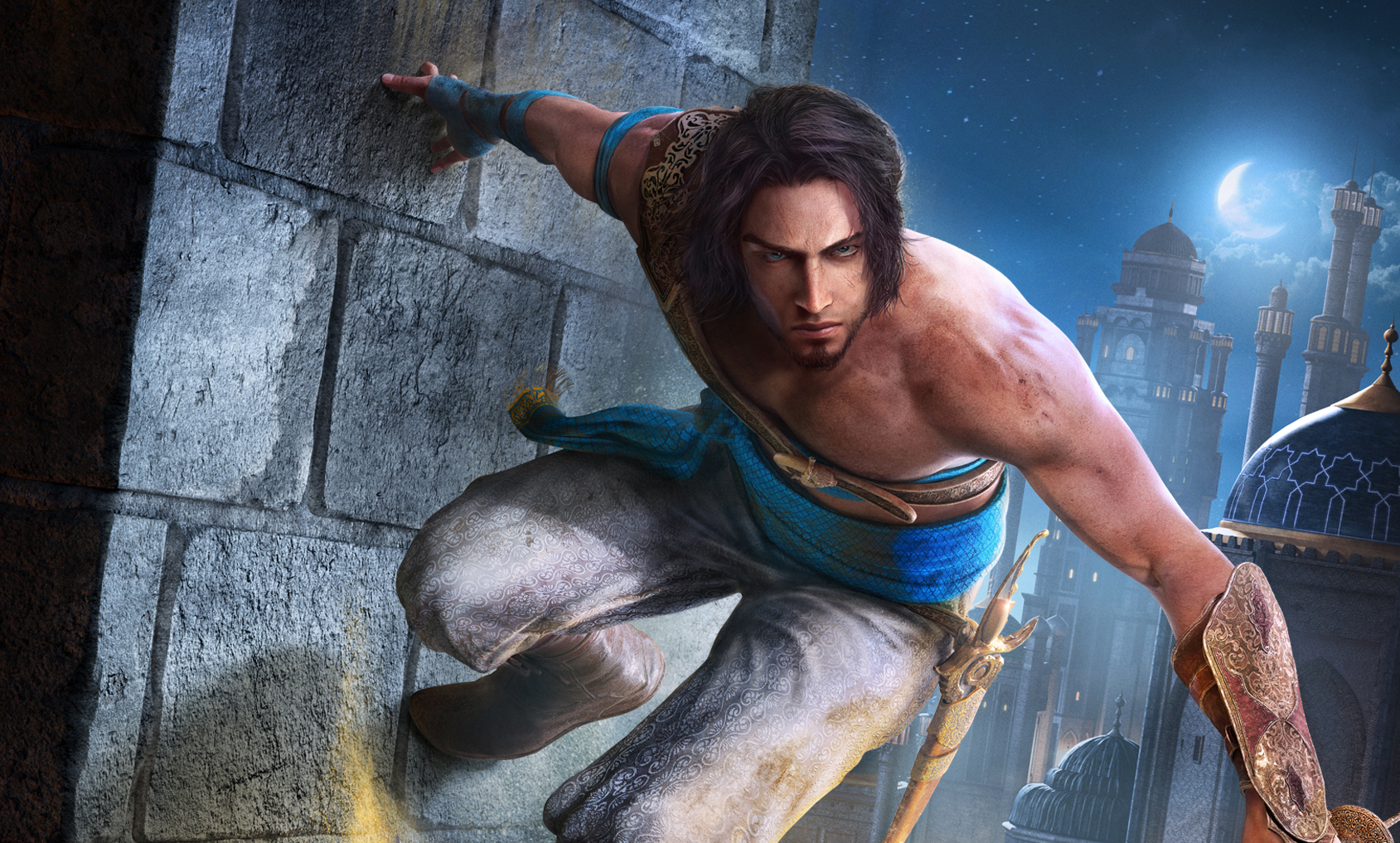
That's the thing, isn't it—nobody knows what to expect. Despite its prolific incursion on the games industry status quo, the revised and re-released update of a classic title doesn't have an agreed upon set of rules that come with it yet. 2022 brings many returning classics, including remasters of games like Life is Strange and Kingpin—surely the polar north and south of each other—and of Blade Runner and Braid. Beyond them are projects of a different kind, like Prince of Persia: The Sands Of Time Remake, which modernise familiar experiences in new tech environments. All these endeavour to capture and re-create the initial joy of some distant original release, but as an industry, we haven't yet decided what final product should entail.
[T]he revised and re-released update of a classic title doesn't have an agreed upon set of rules that come with it yet.
Few studios can claim to be as familiar with the art of bringing back the classics as Nightdive Studios, which has re-released 100 games since 2013, many of them given the remaster treatment. The problem, as Nightdive CEO and cofounder Stephen Kick explains, is that a remaster appeals to someone's memories, rather than an objective reality. "You're adding in a number of quality of life features and updates and enhancements to make the game look and feel like you remember it looking, though that's never really the case … you're basically taking the DNA of that game and you're infusing it into essentially a brand new title, something built from the ground up where nothing is really carried over verbatim, but you're still trying to replicate that original experience as best as possible."
It's in that grey area, the interpretation of what constitutes a game's DNA, what's sacrosanct and what's crying out for creative intervention, where a remaster lives or dies.
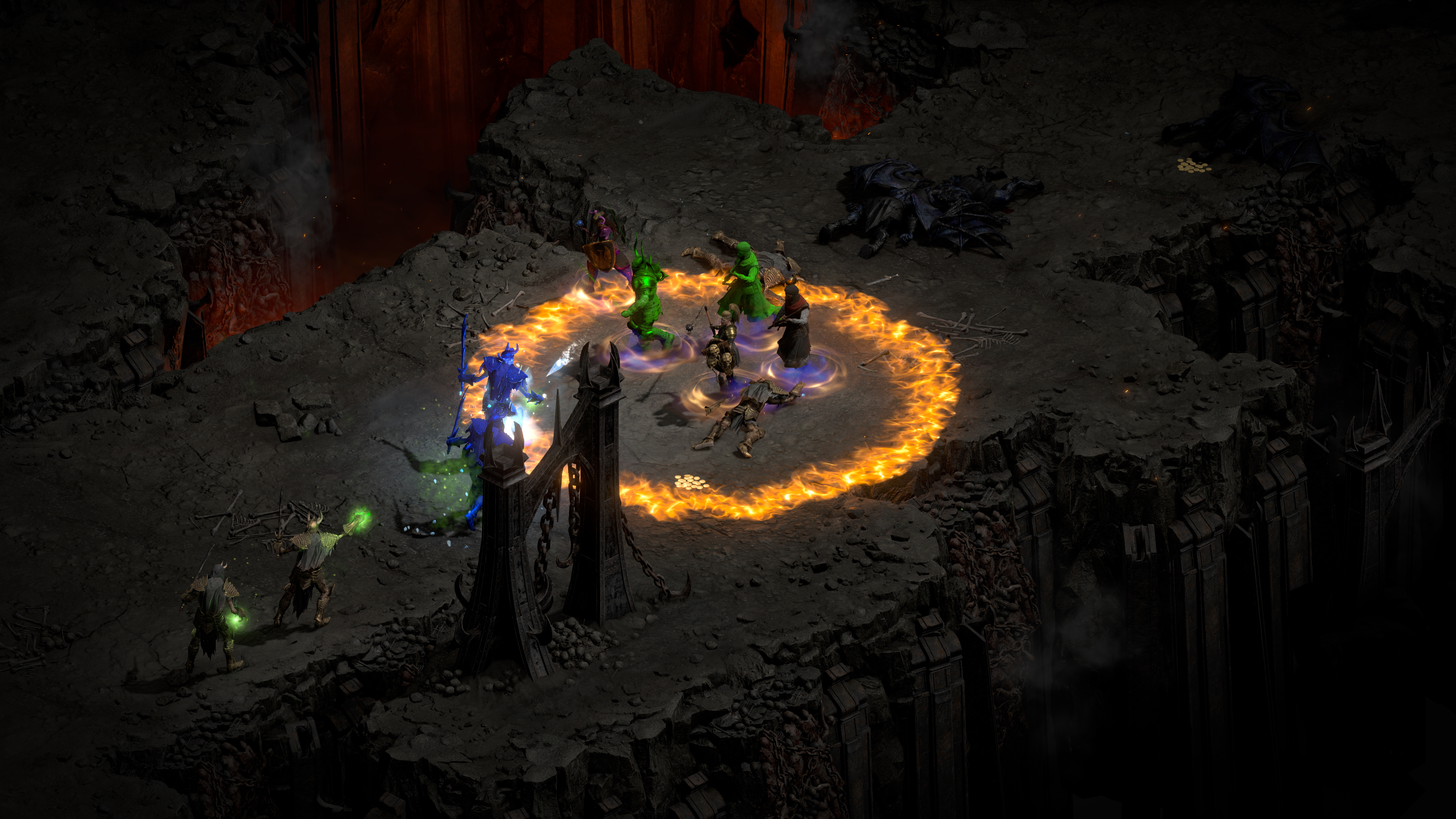
Nightdive's own brand of remasters, such as its recent work on Quake or 2015's Turok Remastered, don't stray far from their source material. In many cases, it's only that you're launching the game from Steam—and that it then actually loads without crashing, in a widescreen resolution—that gives away that you're not playing the original. That due diligence to the classic license has earned the studio a well-regarded portfolio, an engaged community, and a relationship with Bethesda that sees further id treasures like Doom 64 Remastered in the pipeline. Basically, when it comes to the remastering process, these guys are The Oracle.
But recent years have also provided several infamous examples of remasters failing with fans. Diablo II: Resurrected's missing TCP/IP multiplayer. The missing bits and lack of polish in Warcraft III: Reforged. And, unfortunately for Rockstar, Grand Theft Auto: The Trilogy – The Definitive Edition is out in front leading the parade.
The GTA remasters were rife with "enough bugs and glitches to make Cyberpunk 2077 flinch," we said at launch, and there was precious little of that fastidious attention to detail that established these games as all-time greats in the first place. It was like driving past your childhood home to find the new owners have rebuilt it to just slightly, but irrefutably, lopsided dimensions. And there's a waterslide coming out of your old bedroom now.
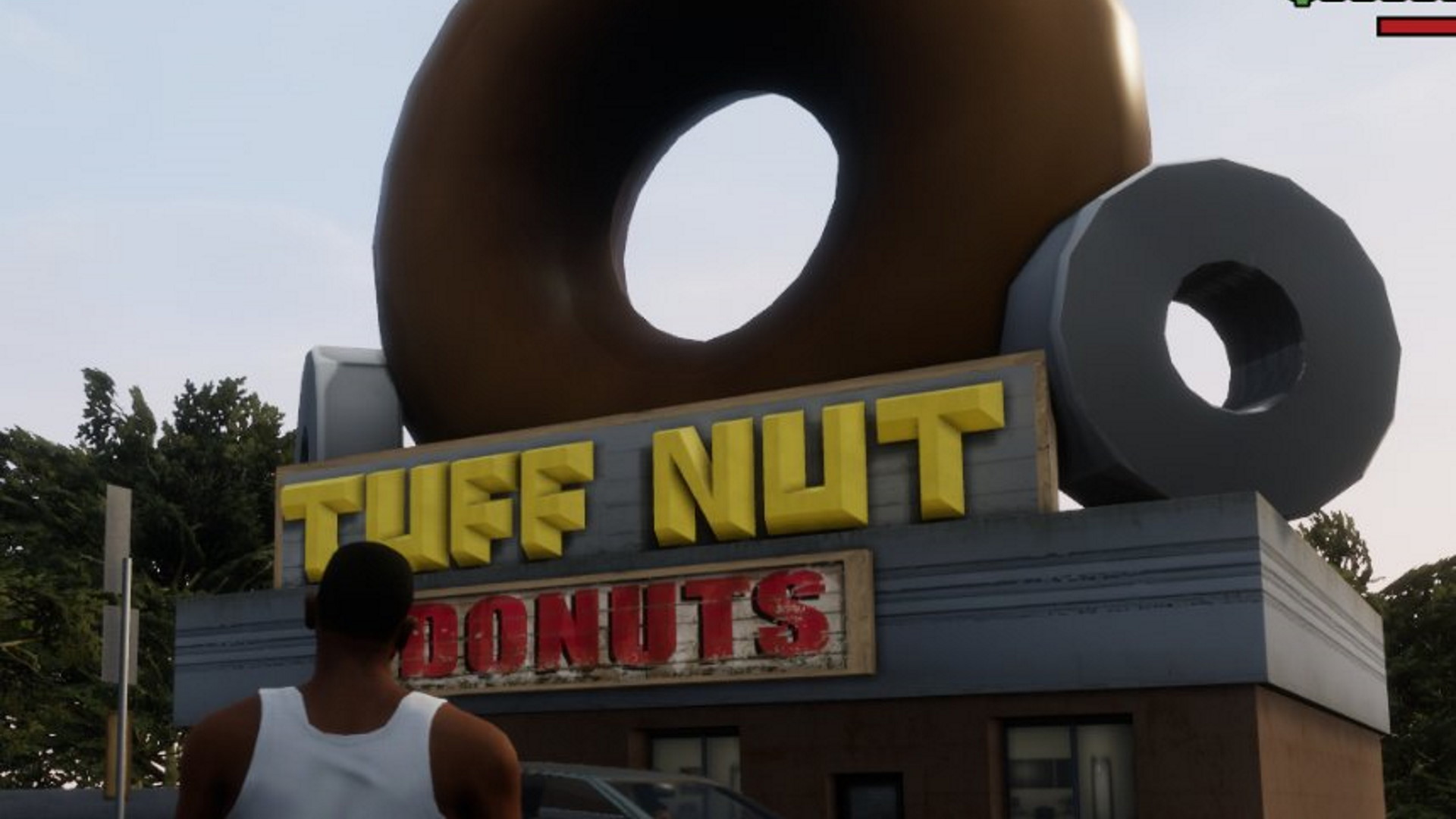
Its many oddities—like the now-fixed Tuff Nut sign—earned it an instant social media mangling and meme-ifying, along with a 0.5 Metacritic user score. It wasn't that Rockstar made too many creative leaps that disturbed the sacred memory of their source material, but more likely that the games—three of them at once, remember—proved simply too much to remaster by hand and maintain Rockstar's trademark quality control. Certain glitches—misspellings like "enchillaoas" at a Mexican food market or a sign for "bearboxes" in a garage—suggest that the AI program developers used for initial retexturing created errors that the team couldn't catch by eye before release.
That doesn't mean AI is the de facto enemy of a good restoration job, Nightdive business development director Larry Kuperman explains: "My expectation is that over the years, AI is going to get better, and the more we use it in classic games, the more refined our techniques are going to become. Use of AI becomes necessary not just because of the scope of the game. There's a corollary to that, which is the cost of remaking or remastering. It's simply a more efficient way of doing things than having them hand drawn."
Certain assets or games might also force a studio's hand, says Kick. "We are using extensive AI upscaling for our Blade Runner remaster, because those assets are totally missing. And they can't be extracted from the game, because they're all baked into pre-rendered videos. So we would literally have to remake the entire game from the ground up to be able to do any kind of that traditional remastering workflow. It was essential that we use some kind of algorithm-based AI upscaler to hopefully re-create some of the lost details and in those older lower resolution videos that make up the majority of the game."
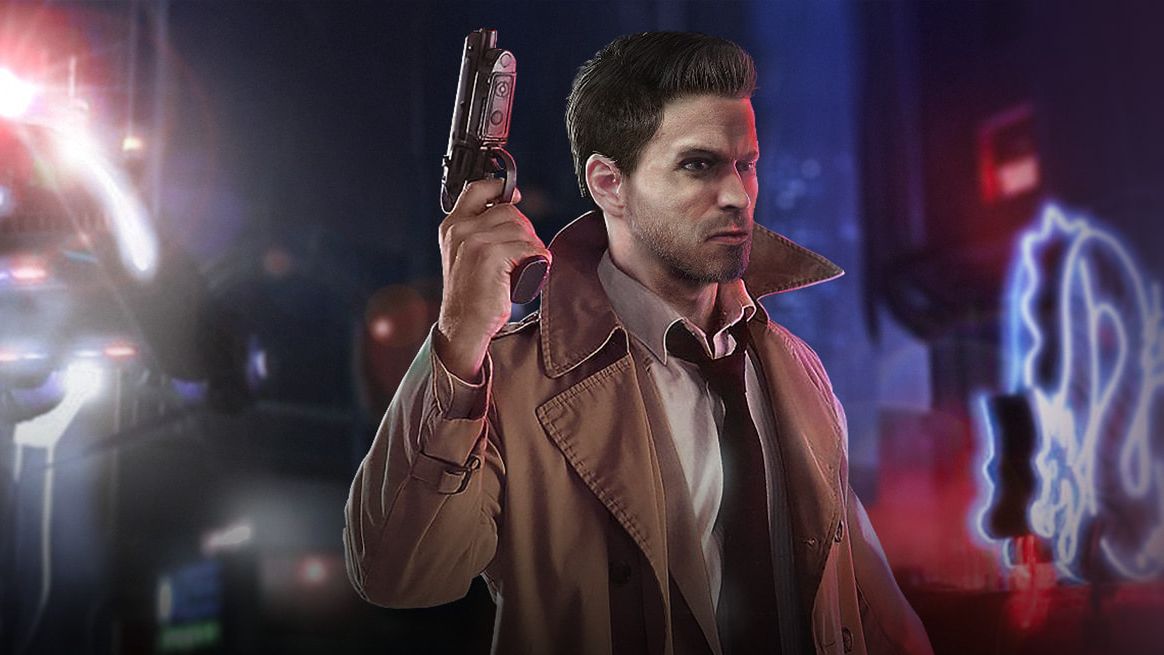
The more such tools are used to update classic games, Kick and Kuperman agree, the more effective they'll become. And should we find ourselves feeling misty-eyed for those classic 100GB open-world games of the 2020s in 20 years, we'll probably need more than a team of dedicated texture artists to get them upscaled for our quantum PCs and 32K monitors.
Not that remastering is about embracing modernity wholeheartedly, of course. Even the titles playing fast and loose with the original game, like Mafia: Definitive Edition, find themselves balancing old and new. Yes, the puddles on the crime-ridden streets of Lost Heaven look every bit as good as Cyberpunk's. Within the modern Illusion Engine engine, new actors play characters with totally different facescans than their original counterparts. But they're still running-and-gunning like it's 2002, or else there'd be nothing left to tether it to the original Mafia. Those simplified cover shooter gauntlets have long since gone out of fashion, but they're essential to the Definitive Edition.
You need anachronistic touches in a remaster—just enough of them to speak to that fallible memory of how the game plays. Like Turok's famous resource-saving trick.
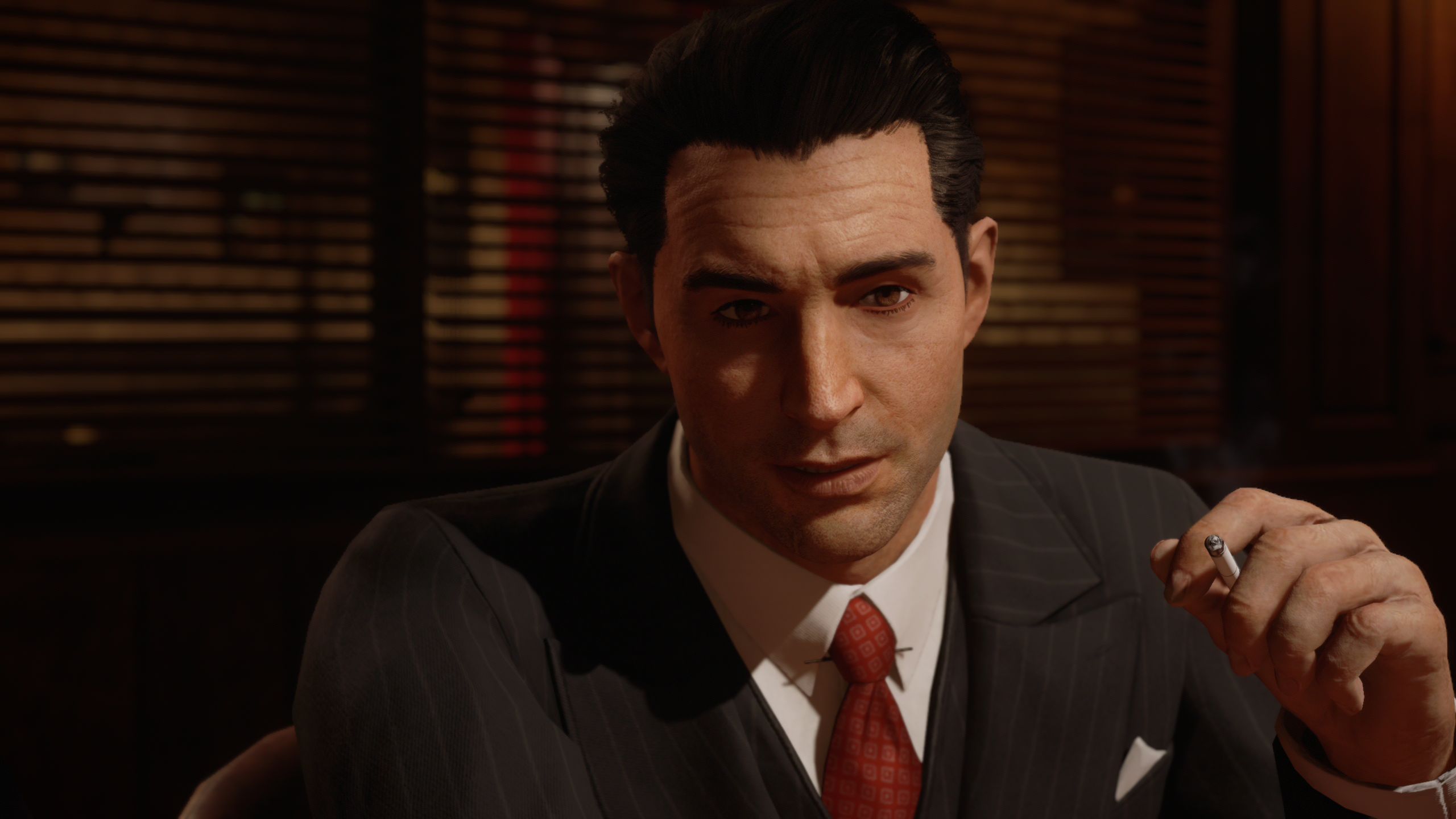
"The single distinguishing factor," Kuperman says "and a feature that jumped out, was the fog. We understood from our conversations with the original developers the reason that the fog was so core to the original version of Turok is because of limitations of hardware. By limiting your sight distance, they can increase the detail without overwhelming the capabilities of the hardware. Of course, we have more modern hardware now. So [our] default setting is to have the fog rolled back to increase your range of vision. However, if you really are a purist, you can toggle that. There's an option to restore the fog."
That fog slider, like the option to show Quake's goading game shutdown prompts, asks the player: How does the game look in your memory, and how much does this element feature? Since everyone's subjective and wayward recollection will vary, they can adjust the exact level of anachronism to taste.
It's that selective fidelity to the historical truth that makes remastering more of an art than a science. It's also what makes it an exciting and only occasionally crushing experience as a player. However, there are a few moves any studio would be prudent to make if they want to take the guesswork away from hitting the right note.
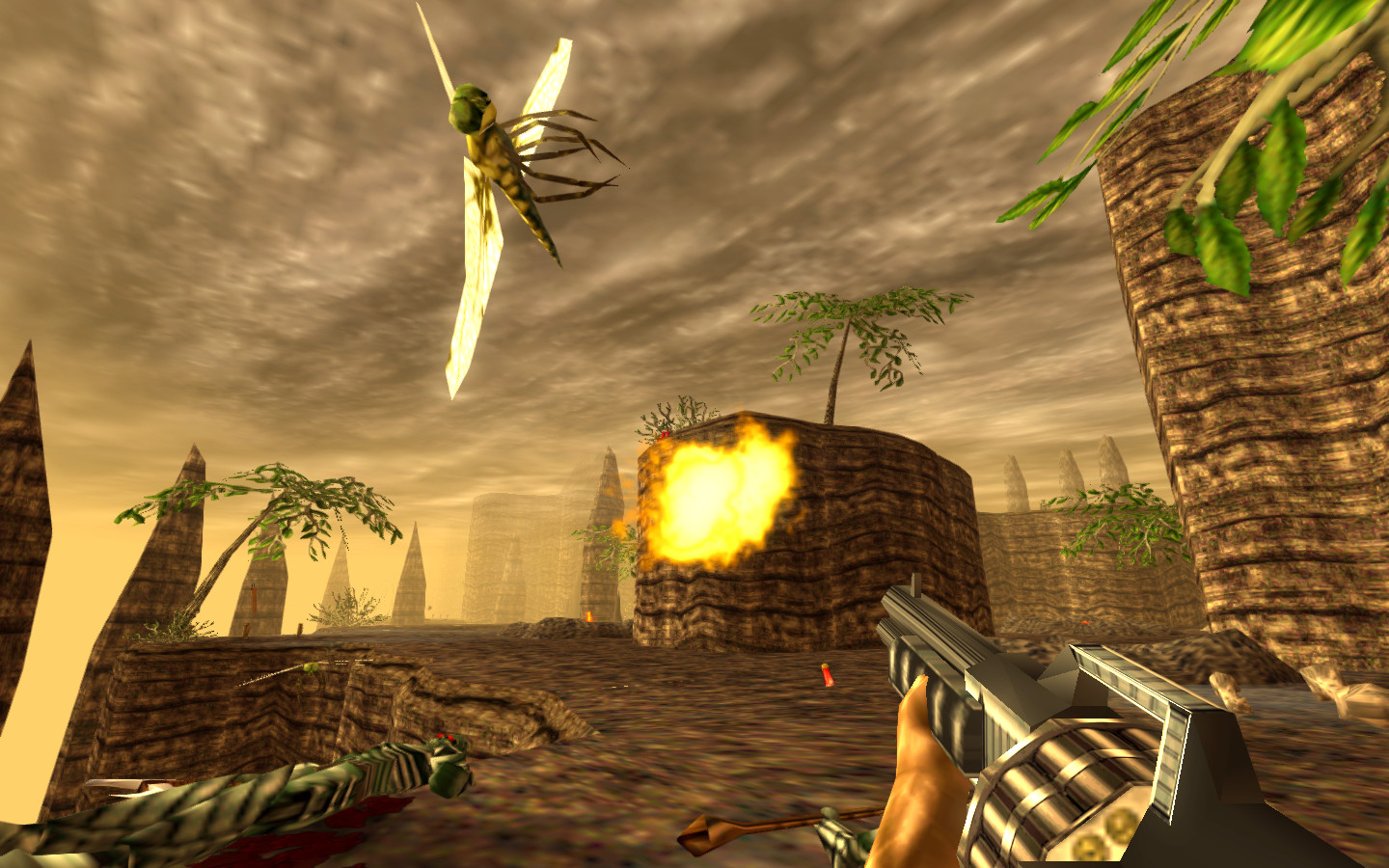
The first is community involvement. It's unlikely that many of Hurt The Bad Men II Remastered's customers will be experiencing the game for the first time then and there. A core audience exists, probably frequents a forum where widescreen patches are exchanged, and already has a comprehensive feature list in mind for a remaster. To that end, Nightdive enlisted well-regarded Doom modder Samuel "Kaiser" Villareal to work on several of its KEX Engine projects, including Doom 64 Remastered.
Having someone around from the source material might safeguard a remake or remaster from succumbing to the greatest temptation and cardinal sin: stamping one's own identity on it.
Another route is to get the old band back together. Artists poring over partial asset libraries, sometimes even on DAT cassettes, must daydream about having an original developer sitting at the next desk over, ready to consult and illuminate the darker, more cobwebbed corners. EA went one better for the Command & Conquer remasters and brought in Westwood alumni, including fan favourite audio director Frank Klepacki. For Quake Remastered and beyond, Nightdive subscribes to a similar philosophy.
"We are working with Kevin Cloud, one of the original art directors on Quake," said Kick. Cloud started at id working on Wolfenstein 3D, was the art and project director on Quake 2, and became a co-owner of the studio until it was acquired by ZeniMax "He was able to help us guide some of the changes that we wanted to make visually."
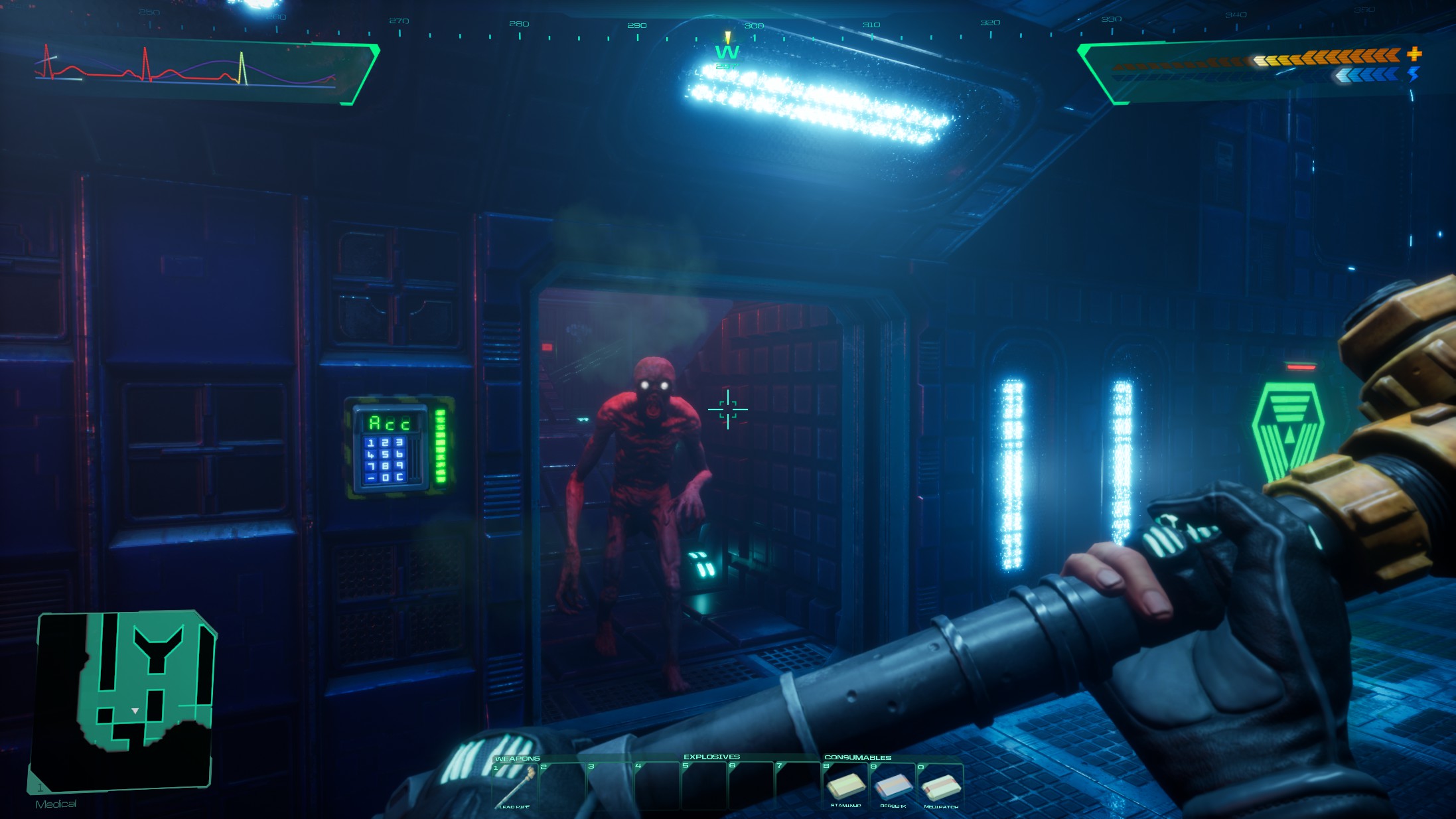
Nightdive did the same thing when it came to remaking System Shock, hiring art director Rob Waters to help "drive the overall aesthetic".
Having someone around from the source material might safeguard a remake or remaster from succumbing to the greatest temptation and cardinal sin: stamping one's own identity on it. Whatever may be in the player's personal memory vault, you can be certain an edgy modern day twist to the dialogue or a topical meme is not. A single touch like this might make or break the experience.
The mantra at Nightdive before the alchemical process of reconstructing somebody's idealised memory of a game is this: preservation and accessibility. We're right to raise an eyebrow when originals disappear from storefronts when their remasters appear, and rightly scandalised when our memories are presented to us in distorted form. If only the GTA remasters had been developed using a similar rule.

Post a Comment